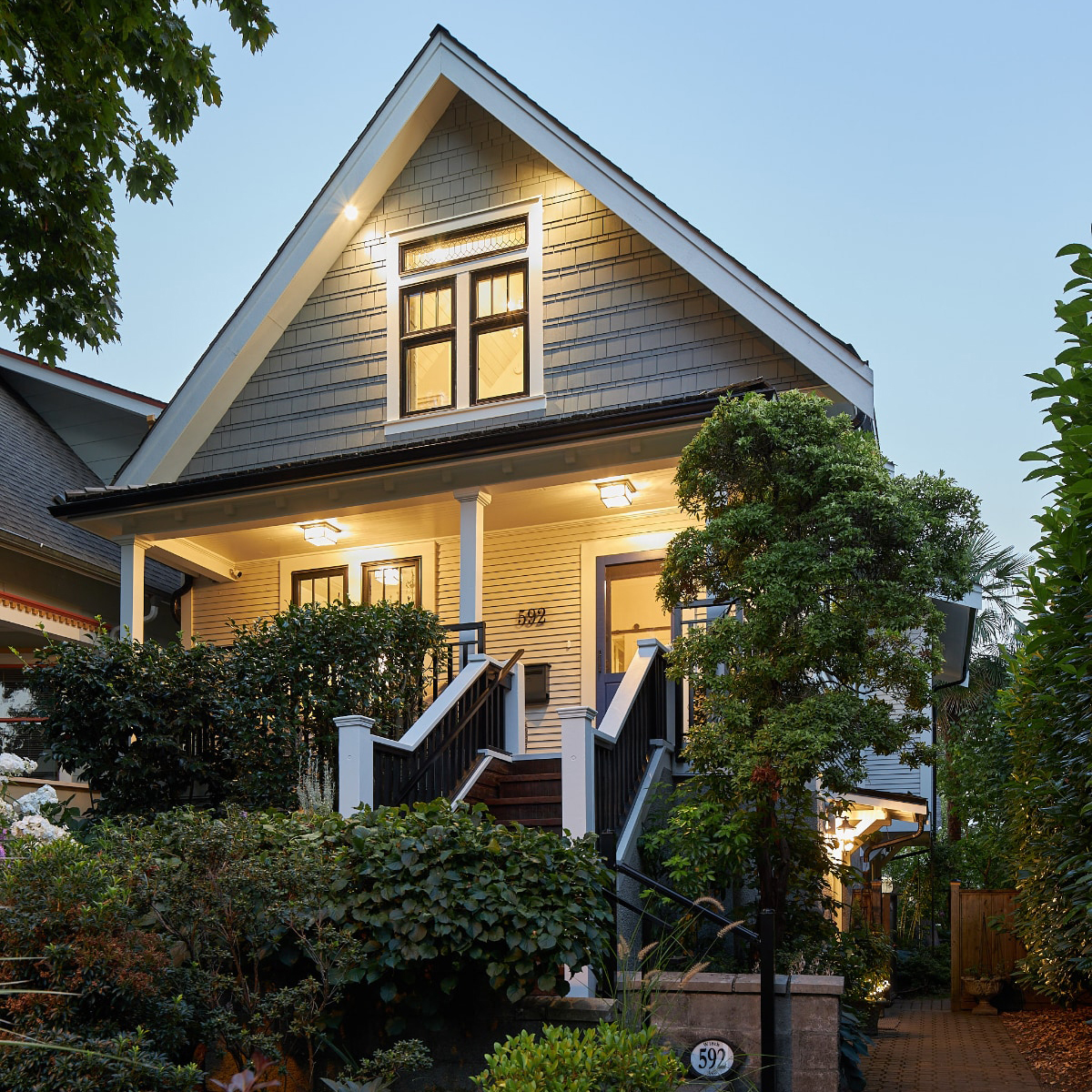A light well is an ancient technology that does the simplest thing: It provides us with natural light.
Everyone enjoys sunlight. There are numerous studies that link the amount of daylight we receive to mental and physical health. There’s also no denying that a sun-drenched studio or kitchen just look really darn good. So if natural light is so important for our homes, how do we design for it in a thoughtful way? Light wells are an effective way to capture light and distribute it throughout a room, atrium or even an entire home.The history of light wells dates back thousands of years to the Minoans of Ancient Greece, who many historians believe were some of the first innovators of light wells. The Minoan city and palace of Knossos, first built in 1900 BCE and then re-built after burning down in 1700 BCE, is considered to exemplify classic Minoan architecture. Archeological findings have documented the use of light wells in this structure. The circular opening (known as an oculus) in the ceiling of the Roman Pantheon is another example of a light well—this particular one providing both light and ventilation.Even in its contemporary form, a light well provides a building with the same benefits it did for the Romans and Ancient Greeks. Most modern light wells are simply a vertical volume with an angled, stepped or sloped opening at the top to let light enter.We like when a light well, clerestory window or skylight can pull off the trick of bringing daylight into a room that wouldn’t otherwise naturally benefit from window exposure, such as this bathroom. Light wells can be integrated into building design in an infinite number of ways depending on the vision, needs and desired experience of the space. Check out Renzo Piano’s expansion to the High Museum in Atlanta, GA., where he sculpts the entire building shell to facilitate light well magic.



Because of their high reflectivity, materials such as brick and aluminum paneling will increase the effectiveness of a light well. A white finish will reflect all of the colours of the visible light spectrum to the eyes. That full spectrum light from the sun is what brings us mental and physical wellness.So what other benefits do light wells bring a homeowner? Less reliance on artificial light can cut down on electricity bills. Light wells can also serve a secondary purpose in naturally ventilating spaces.













